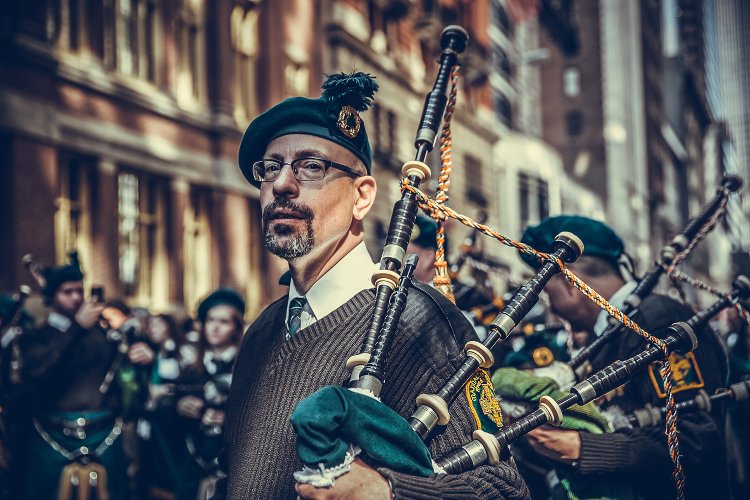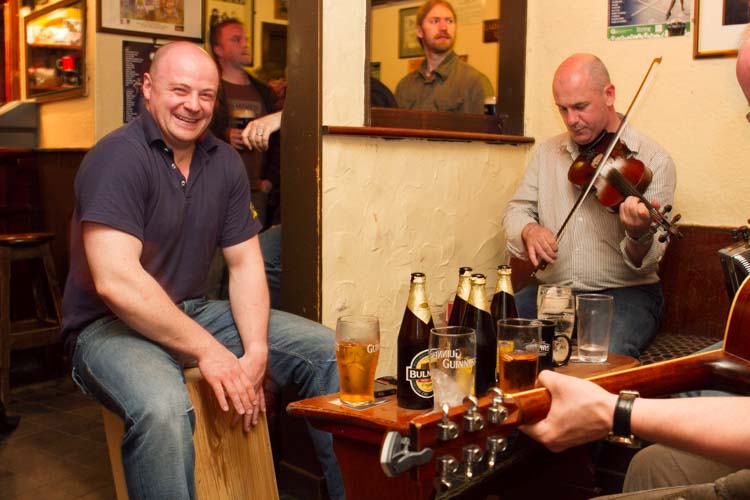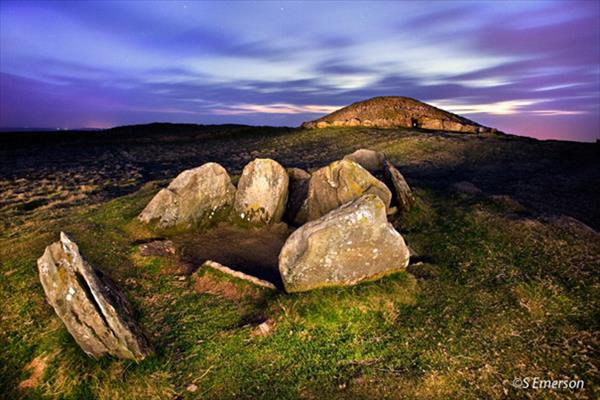Things you should know before travelling to Ireland
Luscious countryside, mythical legends, upbeat music and world-renowned beer - a trip to Ireland will undoubtably impress, leaving you wishing you could stay. Irish traditions and culture are well known around the globe, including world famous St Patricks Day, but not everyone will be aware of where, when and how they started.
If you’re planning a trip to the Emerald Isle, be prepared for one of the greenest, friendliest and liveliest places you’ve likely ever visited before. Given its small size and easily accessible highlight destinations, this is a country you can easily explore by car or public transport.
Remember it’s not just rolling green hills, rugged coastlines, castles, Celtic music and whiskey, although there is a lot of that, there are a few extra things you should know before travelling here.
There are technically two Irelands on the same island
Since the 1920’s, The Republic of Ireland, has been a separate country, whilst Northern Ireland is part of the United Kingdom. Even though Ireland is technically within the British Isles, it doesn’t make them British. More widely speaking, Great Britain refers to the largest islands of the British Isles representing the majority of the United Kingdom. The UK is made up of England, Northern Ireland, Scotland and Wales. It’s important to know which Ireland you intend on visiting, although you can travel easily between the two countries.

St Patricks Day
St. Patrick is Ireland’s patron saint. Whilst Patrick was technically born in Roman-occupied Britain, his life in Ireland was certainly a colourful one. From being kidnapped to introducing Christianity to Ireland to linking the Shamrock (the three-leafed clover) to the land legend has it he even drove out all the snakes of Ireland. Patrick died on the 17th March in 461 AD, and these days St Patrick's Day is celebrated on this same day worldwide, the biggest party of them all taking place in Dublin. On St Patrick's Day, Irish and non-Irish people commonly participate by wearing green clothing or wearing a shamrock (the national plant) and celebrate with public parades, festivals and events with traditional Irish music.
Irish Myths and Legends
Long before people could read or write, storytelling was a way of passing time and sharing knowledge in Ireland. Various mythological legends have been a part of Irish culture and folklore since the very beginning. It’s unknown how much truth these stories contain or how much is fabricated by the teller, but either way, it’s a good story nonetheless. It’s fairly commonplace to hear tales of goblins, pixies, mermaids and fairies in Ireland with some individual characters becoming world famous. Perhaps the most famous character in Irish folklore is the Leprechaun. The Leprechaun is a pixie originating from the Tuath Dé Danann, a supernatural tribe of gods who ruled as Ireland’s deities. Legend has it they were mischievous cobblers (shoemakers) who possessed a lot of wealth and rewarded three wishes to any people who could capture them. They could be either kind or greedy, depending on the circumstances. The Leprechaun has become an iconic symbol to represent the cheekiness of the Irish culture.

Pub culture
A visit to one of Ireland’s public houses is an experience in itself. Be prepared for a lively tavern filled with laughter, music and of course storytelling, where communities come together. One thing all Irish pubs have in common is the type of beer on offer: Guinness. Since 1859, Guinness was introduced by Arthur Guinness and is still to this day one of the most popular alcoholic drinks in Ireland. If you’re visiting with locals or perhaps start chatting to them at the bar, something to learn is the ‘rounds’ culture. Instead of buying a drink for yourself, everyone is expected to buy a round of drinks for the whole group. While you can of course opt out of a round, however if you are in one, not buying your round is a serious faux pas.
Music
Listening to traditional Irish music should be at the top of your itinerary when visiting. Live music is well ingrained in the Irish culture so you can easily find it at most pubs around the country. Typically, Irish folk music includes the use of well-known instruments such as the fiddle, piano and acoustic guitar with a combination of home-grown instruments like the bouzoukis, pipes and the Celtic harp. In Ireland, music and dancing go hand in hand, so be prepared to get involved.

The landscape
If there’s one thing that will blow your mind in Ireland, it’s the stunning landscape that backdrops Ireland at every turn. Vibrant green knolls, ancient castles on hilltops and rugged coastlines make for some pretty dramatic photographs. Some notable sites to see with incredible backdrops are Giants Causeway, Blarney Castle and the Cliffs of Moher. That’s not to say the cities aren’t just as awe-inducing, so make sure to plan plenty of both with your time here.
Lexi is your ultimate wanderlust enthusiast with an incurable case of curiosity and a deep passion for action on climate change. You can read more of her work www.avaycay.com. Find her on Facebook or Instagram @avaycay.











